Revelation Ch 10-11 Bible Study
The Book of Revelation.
Chapters 10-11
Zoom AI Recap of the Bible Study.
Please understand that this is an AI summery and may have gotten aspects of the bible study wrong.
Quick recap
The group began by discussing an AI companion tool that provides summaries of Bible study sessions, followed by an instructor-led analysis of Revelation's parallels with Exodus and its symbolic imagery. The discussion explored various biblical themes including crucifixion narratives, the role of witnesses and prophets, and the symbolism of end times events. The conversation ended with an assignment for next week's study focusing on the history of Apollo, particularly his birth narrative involving a dragon.
Next steps
All attendees to research the history of Apollo, specifically the Roman and Greek accounts, for next week's discussion of Chapter 12 of Revelation.
Summary
AI Bible Study Recap Tool
The group discussed an AI companion tool that provides summaries of Bible study sessions, with Grace's site featuring a zoom feature that generates AI recaps of the content. The tool was described as helpful but not perfect, offering a quick way to review what was discussed in class without watching the video. The discussion briefly touched on technical issues with the recording and thermostat settings before moving on to the AI tool demonstration.
Revelation's Parallels and Prophetic Symbols
The instructor discussed the parallels between the Book of Revelation and the Old Testament's Exodus narrative, highlighting how both stories involve plagues and a symbolic lamb, and emphasized that Revelation's intended audience would have understood references to Greek and Roman gods. They read and explained Revelation Chapter 10, which describes an angel with a little book who swears that the mystery of God will be finished after the seventh angel sounds, and the instructor noted that eating the book tasted sweet but caused bitterness, symbolizing the prophetic task ahead.
Biblical Imagery and Symbolism Analysis
The group discussed the imagery and symbolism in the biblical text, focusing on the "little scroll" and its significance compared to larger scrolls, as well as its connection to the sweetness and bitterness of divine revelation. They explored the use of Exodus imagery, such as pillars of fire, and noted references to Psalms. The conversation also touched on the concept of sealing and unsealing messages, with a particular focus on the 7 thunders and their unrecorded utterances. The discussion concluded with an analysis of the temple's measurement, the role of the two witnesses, and the final judgment, emphasizing the transition of power to God's reign.
Exploring Acts and Its Parallels
The group discussed the Book of Acts and its parallels with the Gospel of Luke, suggesting that both texts describe the body of Christ, with Acts focusing on the church. They explored the significance of numbers like seven and 12, as well as references to a 42-month period, which may relate to the siege of Jerusalem. The speaker proposed that the book contains both positive and scary elements, and they shared their theory that it depicts a crucifixion narrative through Paul's shipwreck story.
Revelation Witnesses: Identity Debate
The group discussed the identity of the two witnesses in Revelation, exploring whether they were Moses and Elijah or symbolic representations of Christian martyrs. They examined references in Revelation 6:9 and Revelation 11, noting that the Greek word for "witness" is the same as "martyr." The discussion also touched on the connection between the two olive trees and lampstands in Revelation 11:4, which some interpreted as representing the body of Christ or testifying believers. While the study Bible suggested the witnesses could be modeled after Moses and Elijah, the group acknowledged uncertainty about their exact identity.
Biblical Imagery and Symbolism Discussion
The group discussed the imagery and symbolism in a biblical text, particularly focusing on crucifixion narratives and the separation between God and his people represented by the temple curtain. They explored connections between the text and other biblical references, including Exodus and Matthew, noting similarities in themes such as the presence of God with humanity and the concept of resurrection. The discussion also touched on the roles of the two witnesses and the lampstands in Revelation, drawing parallels to other biblical figures and events.
Biblical End Times Symbolism
The group discussed biblical passages about the end times, focusing on the symbolism of Sodom, Egypt, and Babylon, and their connections to power and human hubris. They explored themes of crucifixion, resurrection, and the ultimate victory of good over evil, with particular attention to the role of witnesses and prophets. The discussion concluded with an analysis of the word "woe" and its implications for understanding tribulation and judgment. For next week's study, participants were encouraged to research the history of Apollo, particularly focusing on his birth narrative involving a dragon.
